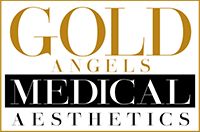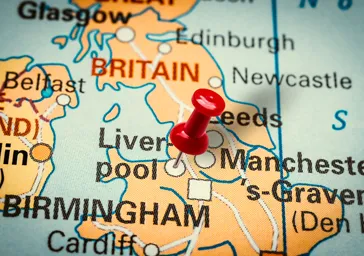Find A Verified Clinic
Trusted Sclerotherapy and Microsclerotherapy Experts, Local to You
Easily connect with qualified, verified professionals for safe, reliable treatment.


Ambra Aesthetic Clinic
898 High Road, London, N12 9RH
~1.5 miles away
Ambra Aesthetic Clinic Accreditations:

Gold Angels Medical Aesthetics
12 Genotin Terrace, Enfield, London, EN1 2AF
~5.9 miles away
Gold Angels Medical Aesthetics Accreditations:

Vie Aesthetics Holborn
95 Grays Inn Road, Holborn, London, WC1X 8TX
~6.1 miles away
Vie Aesthetics Holborn Accreditations:

Sean White Aesthetics
Health Hub, 282 Milkwood Road, London, SE24 0EZ
~10.7 miles away
Sean White Aesthetics Accreditations:
Explore Clinics Near You on the Map
See exactly where verified Sclerotherapy and Microsclerotherapy clinics are located across Finchley.
Zoom in, pan around, and click any marker to view each clinic’s profile, read reviews, and check their credentials before you book.

Your Sclerotherapy and Microsclerotherapy Questions
Real Questions from Real People, Answered
Straightforward answers to the questions people like you are asking right now about Sclerotherapy and Microsclerotherapy.

Stocking after micro sceletherapy
I have had two treatments of micro sceletherapy as my thread veins are small but was told by the dr doing the treatments that I wouldn't need to wear compression stockings as my veins are small bu everywhere I read it said to wear them I'm so confused my treatment is working I have had two treatments so far ad my veins have improved by 60% should I wear compression stockings anyway after my third treatment
Microsclerotherapy or Sclerotherapy, which one is best?
How do i know which one i would need. the location of my vein is on my legs at the back of my knees. and u am wondering how would i know which one i need?
To view all the Sclerotherapy and Microsclerotherapy questions, please click here.
Or click here to ask your own question.
Stay Informed with the Latest Aesthetic News & Offers
Join our free newsletter to receive updates on the latest treatments, safety guidance, and exclusive clinic offers near you.
No spam, just expert insights and trusted advice from the UK’s leading aesthetics directory.

